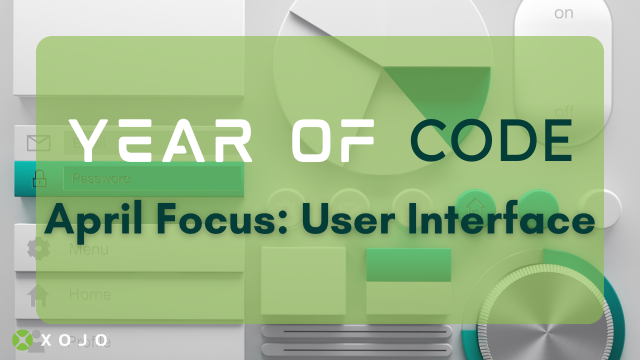Xojo is an extremely useful, fast and fun development environment for building your first (or next) iOS app. In this article, I offer a series of practical steps to guide you from idea to app.
Comments closedCategory: Learning
One of the most common things I love to use my phone for is sharing pictures of my pets with others. We have two cats…
Comments closedThe Keychain is a system-wide feature on macOS that securely stores account passwords for applications. Until Xojo 2025r1, updating the password for an existing KeychainItem—that is, for a given Service Name—required first removing the item from the Keychain and then recreating it from scratch. Not exactly the most efficient process. But with the introduction of the KeychainItem.UpdatePassword method in 2025r1, things have gotten much easier. Read on to see how you can take advantage of this new functionality.
Comments closedWhen writing code it’s always a good idea to be thinking about the future. Today you are creating a desktop project but tomorrow you might…
Comments closedStarting with Xojo 2025r1, you’ll find a new control in the iOS Library panel: MobileColorPicker. This control brings a native color-picking experience to your projects, allowing users to choose from a wide range of colors, save their favorites, or use a ‘loupe‘ to select a color directly from the screen.
Comments closedStarting with Xojo 2025r1, a new Property List Editor is available for both Desktop (macOS) and iOS projects under Build Settings > macOS and Build Settings > iOS. This editor simplifies the process of adding custom entries that your app may require, beyond those automatically included by Xojo.
Comments closedStarting with Xojo 2025r1, you can publish macOS and iOS apps to App Store Connect directly from the Xojo IDE. Keep reading to learn how!…
Comments closed
